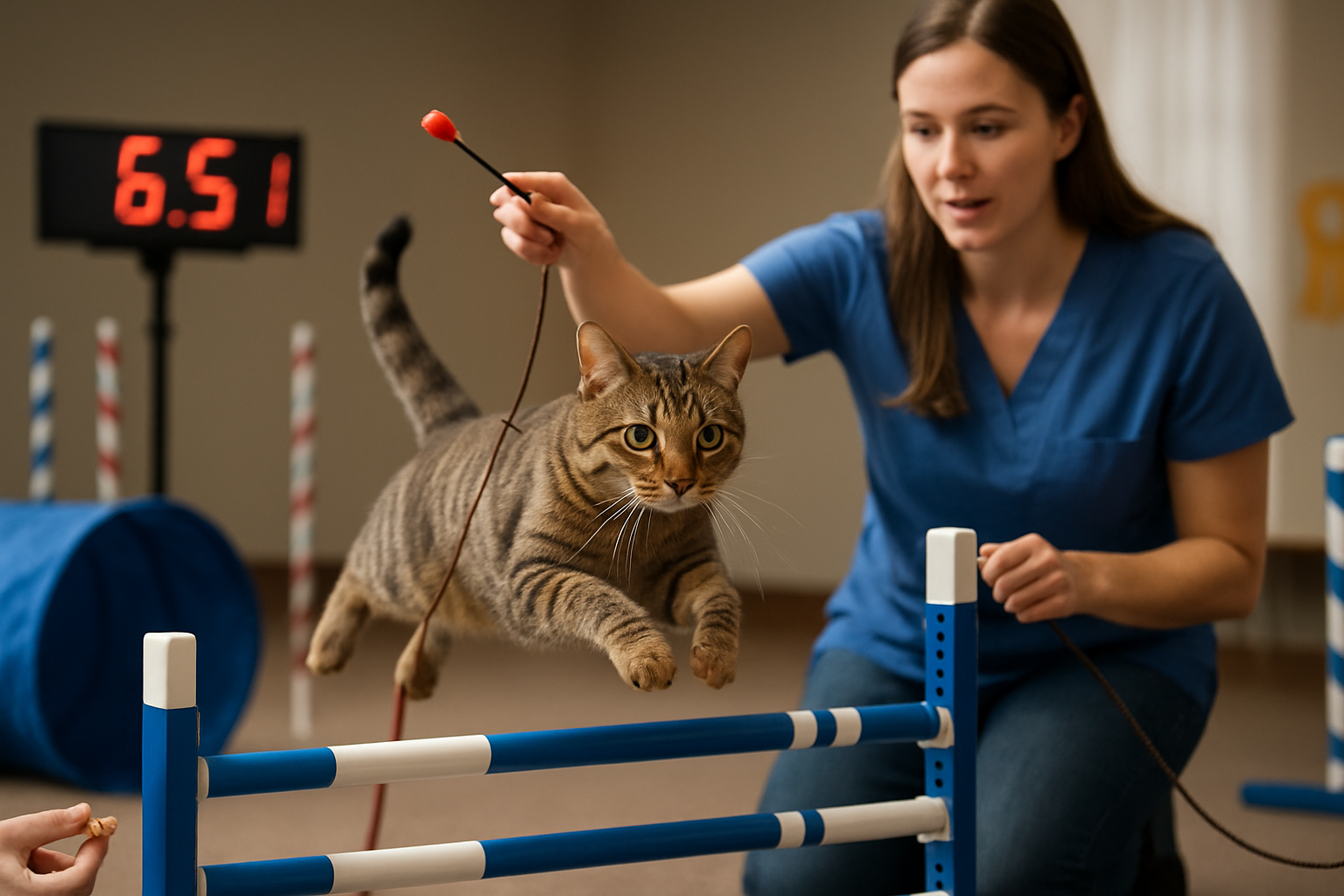Feline Olfactory Enrichment: Unlocking Your Cat's Sensory World
In the realm of feline care, a groundbreaking approach is gaining traction among veterinarians and cat enthusiasts alike. Feline olfactory enrichment, a technique that taps into cats' powerful sense of smell, is revolutionizing how we understand and cater to our feline companions' sensory needs. This innovative method not only enhances their mental well-being but also offers a unique window into their perception of the world.

The Evolution of Feline Olfactory Enrichment
The concept of olfactory enrichment for cats has its roots in wildlife conservation efforts. Zoologists and animal behaviorists observed that introducing novel scents to captive animals could stimulate natural behaviors and reduce stress. This principle was soon adapted for domestic cats, with early experiments focusing on simple scent-based toys and treats.
As research progressed, scientists discovered that cats respond to a wide range of scents, from plant-based aromas to synthetic pheromones. This led to the development of more sophisticated enrichment techniques, including scent-infused puzzles, aromatic sprays, and even specially designed olfactory gardens for indoor cats.
The Science Behind Feline Scent Preferences
Recent studies have shed light on the complex world of feline scent preferences. Contrary to popular belief, cats are not limited to catnip as their sole olfactory stimulant. Researchers have identified several other plant-based scents that elicit positive responses in cats, including silver vine, valerian root, and Tatarian honeysuckle wood.
These scents trigger reactions in the feline brain similar to those produced by catnip, activating the opioid system and inducing a state of euphoria. However, individual cats may respond differently to various scents, highlighting the importance of experimentation and personalization in olfactory enrichment programs.
Practical Applications for Pet Owners
Implementing olfactory enrichment at home doesn’t require expensive equipment or professional expertise. Pet owners can start with simple techniques such as rotating their cat’s toys and infusing them with new scents. Safe, cat-friendly essential oils like lavender or chamomile can be diluted and applied to scratching posts or bedding to create a calming atmosphere.
For more advanced enrichment, puzzle feeders with hidden scent compartments can provide mental stimulation while encouraging natural foraging behaviors. Some innovative products on the market even allow owners to create custom scent profiles tailored to their cat’s preferences, with prices ranging from $20 to $100 depending on complexity.
The Impact on Feline Behavior and Well-being
The benefits of olfactory enrichment extend far beyond mere entertainment. Veterinary behaviorists have observed significant improvements in cats suffering from stress-related issues such as excessive grooming or inappropriate elimination. By providing a more stimulating sensory environment, olfactory enrichment can help reduce anxiety and promote overall mental health.
Moreover, this technique has shown promise in addressing common behavioral problems. Cats with aggression issues or those struggling to adapt to new environments have demonstrated marked improvements when introduced to carefully curated scent experiences. This non-invasive approach offers a gentler alternative to traditional behavior modification methods.
Future Directions in Feline Olfactory Research
As the field of feline olfactory enrichment continues to evolve, researchers are exploring new frontiers. One exciting area of study involves the use of synthetic pheromones to influence cat behavior on a molecular level. These compounds mimic natural feline pheromones and have shown potential in reducing stress and promoting social bonding among cats.
Another promising avenue is the development of scent-based training techniques. By associating positive scents with desired behaviors, trainers hope to create more effective and enjoyable learning experiences for cats. This could revolutionize everything from litter box training to leash walking.
In conclusion, feline olfactory enrichment represents a fascinating intersection of science and pet care. By tapping into our cats’ remarkable sense of smell, we can create more engaging, stimulating environments that cater to their innate sensory needs. As research in this field progresses, we can look forward to even more innovative ways to enrich the lives of our feline companions, deepening the bond between cats and their human caregivers.





